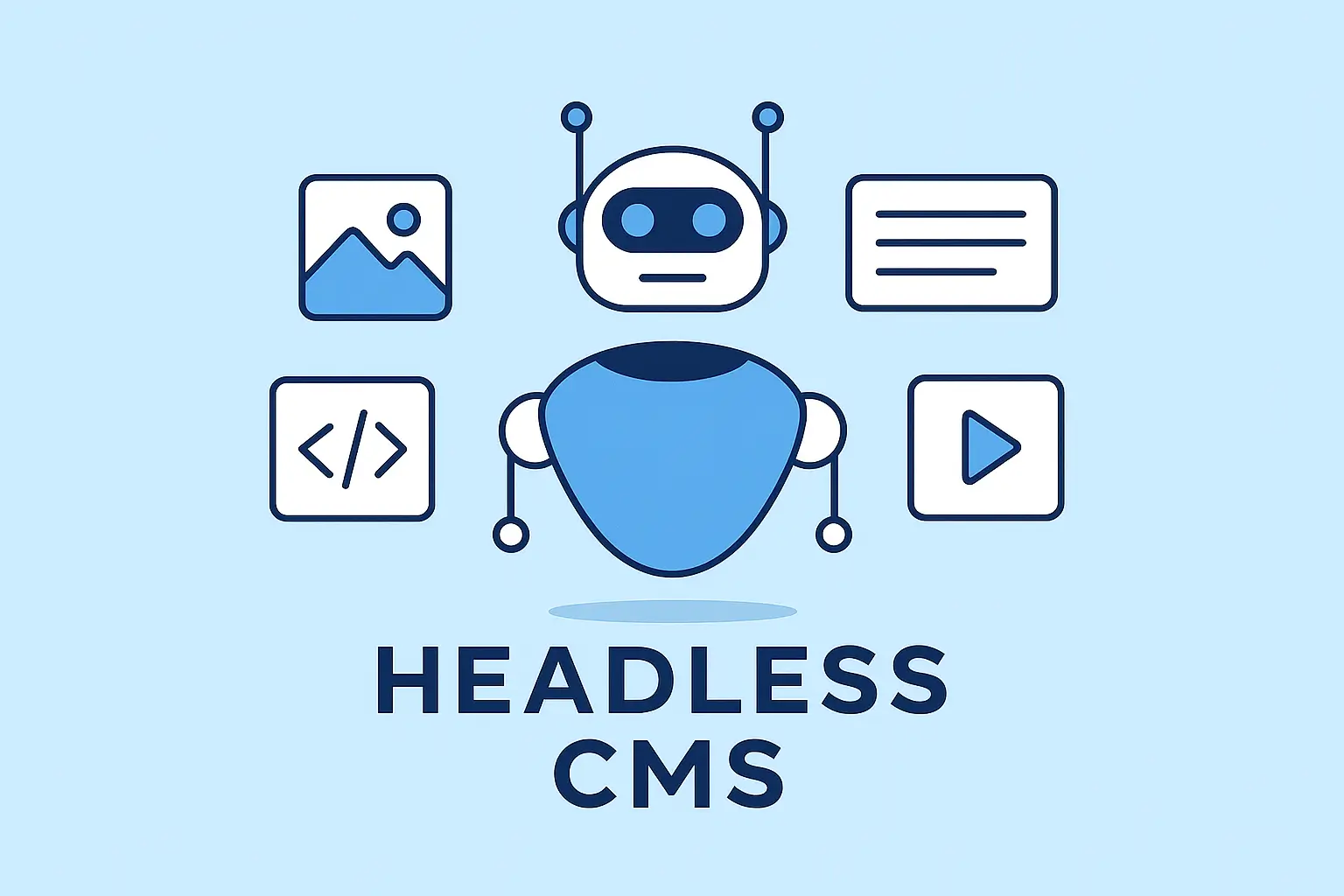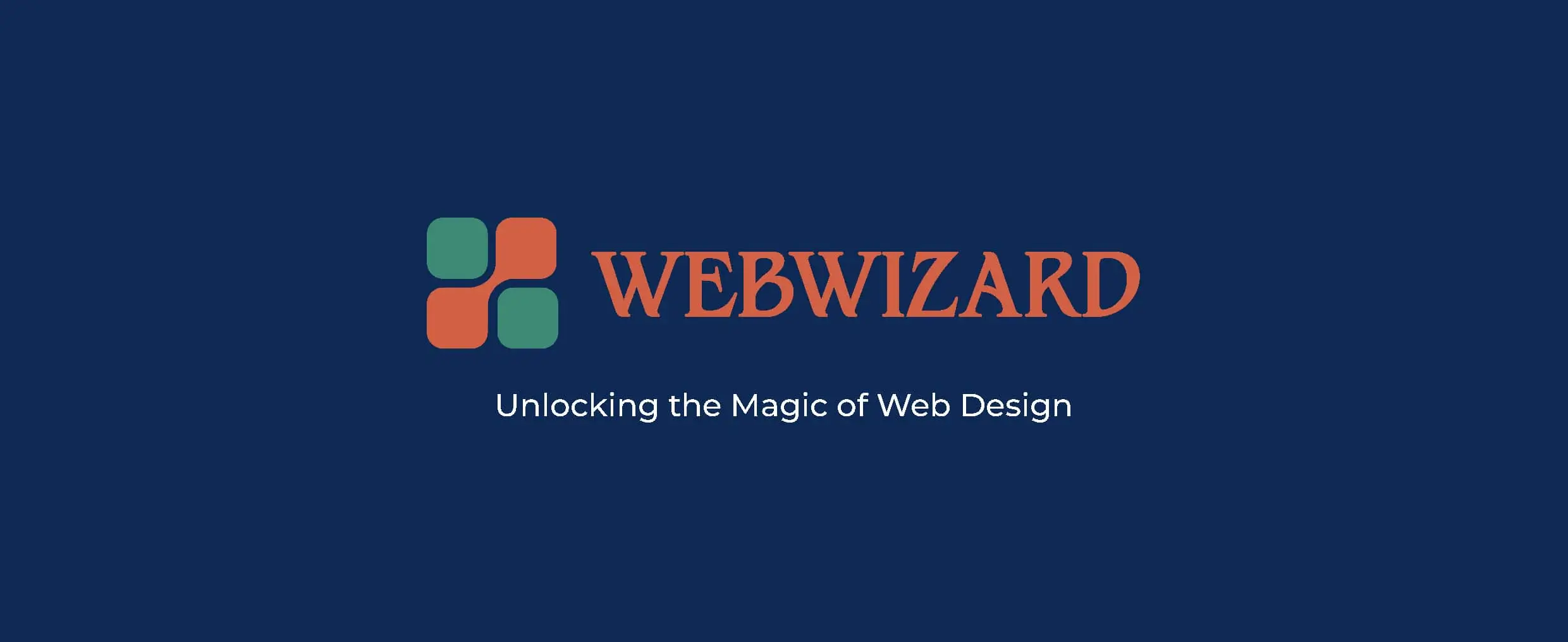Updatated on Aug 24, 2024
Introduction
Django is a powerful web framework that makes it easier to build web applications quickly and with less code. One of the core concepts in Django is its Model-View-Template (MVT) architecture. If you've worked with other web frameworks, you might be familiar with the Model-View-Controller (MVC) pattern. While MVT is similar to MVC, it has some key differences that make Django unique. In this blog post, we'll explore Django's MVT architecture and explain how it differs from the traditional MVC pattern.
What is the MVT Architecture?
MVT stands for Model-View-Template. It's a design pattern that separates the concerns of your application into three distinct components:
-
Model: The model is the part of your application that manages the data. It defines the structure of the data, how it is stored in the database, and how it interacts with other parts of the application. In Django, models are defined as Python classes that inherit from
django.db.models.Model. -
View: The view is responsible for handling the logic of your application. It processes user requests, interacts with the model to retrieve or modify data, and then passes the data to the template for rendering. In Django, views are typically Python functions or classes that receive HTTP requests and return HTTP responses.
-
Template: The template is the part of your application that deals with presentation. It defines how the data should be displayed to the user. Django uses a templating engine to combine the data provided by the view with HTML to produce the final web page.
How MVT Differs from MVC
The MVT pattern is quite similar to MVC (Model-View-Controller), but with a key difference in the role of the "controller." In traditional MVC:
- Model: Manages the data and business logic.
- View: Displays the data, typically using HTML.
- Controller: Handles user input, interacts with the model, and updates the view.
In Django's MVT:
- Model: Still manages the data, just like in MVC.
- Template: Takes the role of the view in MVC, handling the presentation.
- View: Combines the responsibilities of the controller and the view in MVC. It processes user requests, interacts with the model, and decides which template to use for rendering.
In short, Django's "view" in MVT does the job of both the "controller" and the "view" in MVC, while Django's "template" is solely focused on rendering the data into a final format (usually HTML).
An Example of MVT in Action
Let’s consider a simple example: displaying a list of books on a webpage and allowing users to add new books.
This tutorial assumes you have Django and a virtual environment set up. If you haven't, here's a quick guide to setting up a virtual environment.
Step 1: Define the Model
First, we define a model for a book. This model will represent the data structure in our application.
from django.db import models
class Book(models.Model):
title = models.CharField(max_length=200)
author = models.CharField(max_length=100)
published_date = models.DateField()
def __str__(self):
return self.title
Step 2: Create the Form
To allow users to add new books, we'll create a Django form. Forms in Django help you handle user input, validate data, and save it to the database.
from django import forms
from .models import Book
class BookForm(forms.ModelForm):
class Meta:
model = Book
fields = ['title', 'author', 'published_date']
This BookForm class is a ModelForm, meaning it’s automatically generated based on the Book model. The fields attribute specifies which fields from the model should be included in the form.
Step 3: Create the View
Next, we create a view that will retrieve the list of books from the database, display them, and also handle the form submission to add a new book.
from django.shortcuts import render, redirect
from .models import Book
from .forms import BookForm
def book_list(request):
if request.method == 'POST':
form = BookForm(request.POST)
if form.is_valid():
form.save()
return redirect('book_list') # Redirect to the book list after saving
else:
form = BookForm()
books = Book.objects.all()
return render(request, 'books/book_list.html', {'books': books, 'form': form})
This book_list view handles both GET and POST requests:
- GET Request: Renders the page with the form and the list of books.
- POST Request: Processes the form submission, saves the new book to the database, and then redirects back to the book list page.
Step 4: Design the Template
We’ll now create a template to display the list of books and include the form for adding new books.
<!-- books/book_list.html -->
<!DOCTYPE html>
<html>
<head>
<title>Book List</title>
</head>
<body>
<h1>Book List</h1>
<ul>
{% for book in books %}
<li>{{ book.title }} by {{ book.author }} (Published on {{ book.published_date }})</li>
{% endfor %}
</ul>
<h2>Add a New Book</h2>
<form method="post">
{% csrf_token %}
{{ form.as_p }}
<button type="submit">Add Book</button>
</form>
</body>
</html>
This template displays the list of books and includes a form where users can enter the title, author, and publication date of a new book. When the form is submitted, it sends the data to the book_list view, which processes and saves the new book.
Step 5: Configure the URL
Finally, we need to configure the URL to point to our book_list view.
from django.urls import path
from . import views
urlpatterns = [
path('', views.book_list, name='book_list'),
]
Conclusion
With these steps, our Django app is now capable of not only displaying a list of books but also allowing users to add new books through a form. This example demonstrates how Django’s MVT architecture neatly separates the responsibilities of data management (Model), application logic (View), and presentation (Template).
Understanding Django’s MVT architecture is key to becoming proficient in Django development. By following this pattern, you can build web applications that are cleanly organized, making them easier to develop, maintain, and scale. This example should give you a solid foundation to start creating more complex applications with Django.








